
About This Quiz
Do you ever find yourself wondering how you're able to -- or why you're not able to -- move your arm or leg a certain way? Have you ever tried to locate a specific muscle in your body? Do you have a basic understanding of human anatomy and the muscular system? Can you tell the difference between a bicep and a lat? Do you know the differences between muscle types? If you answered "yes" to any of these questions, this is the quiz for you!Â
Muscles can be found throughout the body and they do a lot more than support your bones and movement. Muscles are also in organs, doing things like pushing food around and pumping blood. Without muscles, we simply couldn't survive.Â
Did you know there are more than 600 distinctly identified muscles in the human body? Accurately remembering the name, appearance, and anatomical location for each one is extremely difficult, if not impossible. It would take a genius or a well-trained medical professional, at the very least, to earn a 100 percent on this muscular system quiz. Do you have what it takes to correctly answer just 80 percent of these questions? Few do.Â
Test what you know with this quiz!Â
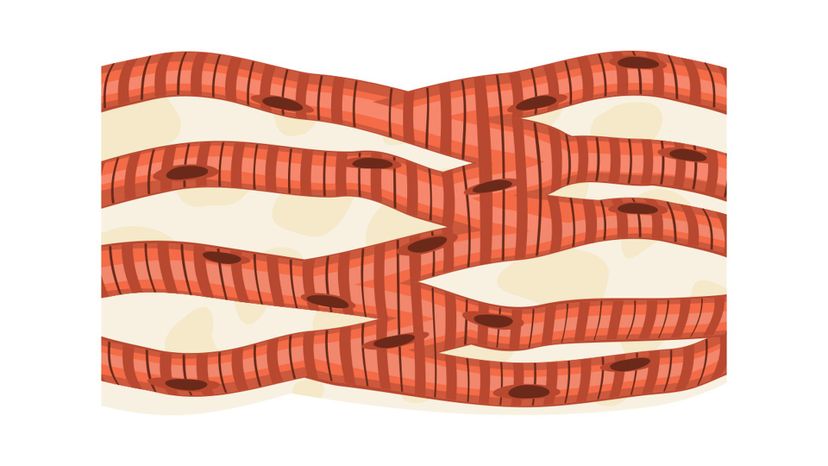
There are three different types of muscles in the human body, and cardiac muscle is just one of them. The heart is the only cardiac muscle. This organ and muscle are also referred to as the myocardium.
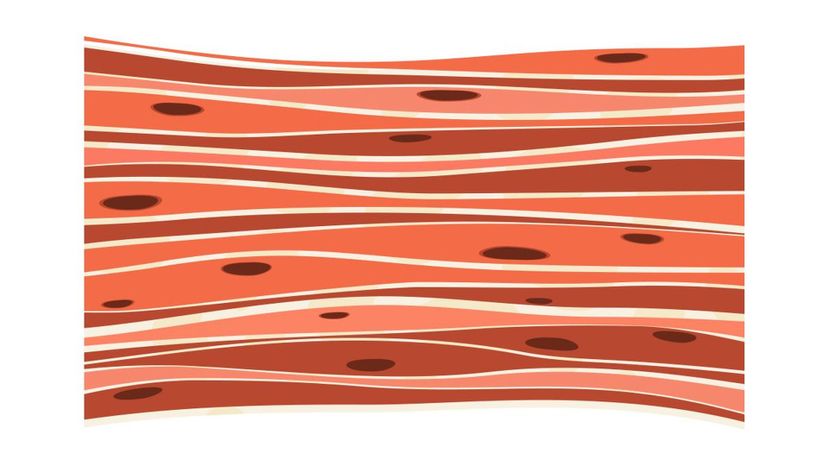
Smooth muscle can be found throughout the body, in blood vessels, the intestines, the esophagus, uterus, and the inside of the eye. Smooth muscle operates without any active assistance on your part. It helps in what is known as involuntary processes, like digesting food and circulating blood.
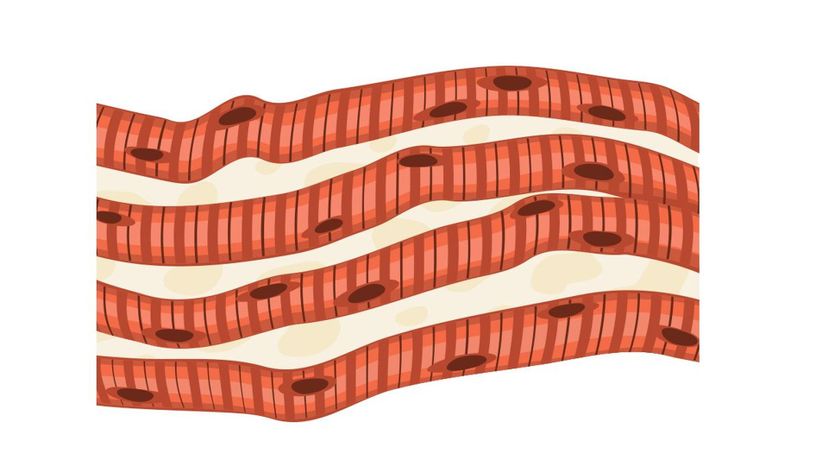
Skeletal muscles are most often found attached to bones, but they are also connected to skin tissue in the face, which allows humans to have such varying and intricate facial expressions. There are upwards of 650 recognized skeletal muscles in the human body.
Advertisement
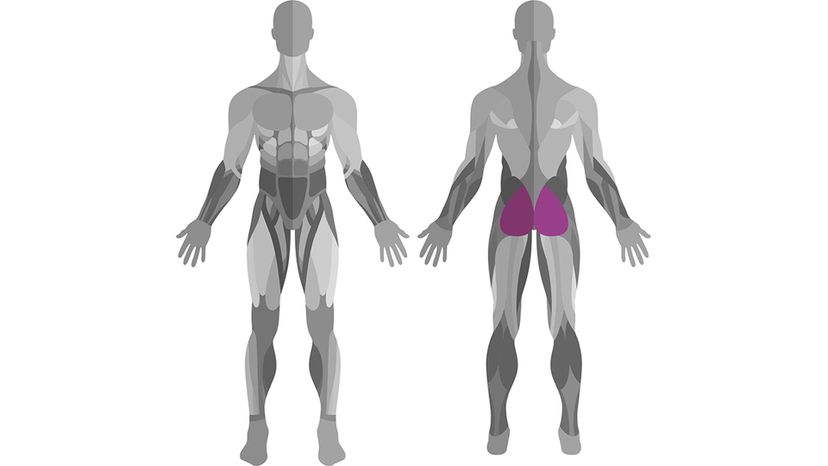
Holding the title of largest muscle in the human body, the gluteus maximus essentially makes up the butt cheek. It's responsible for helping you stand upright and keep posture. It also protects your bones when you sit.
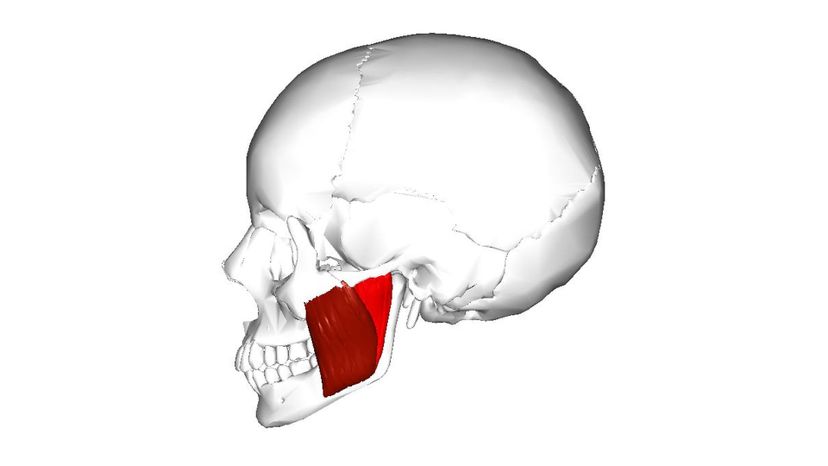
Considering its small size, the masseter is a heavy lifter. Proportionally, it's the strongest muscle, capable of chomping down with a pressure up to 200 pounds when working together with the other jaw muscles.
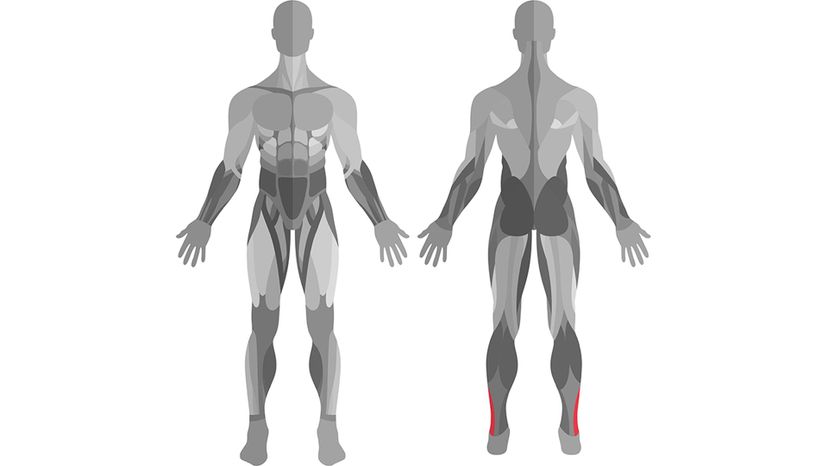
The soleus muscle is found in the lower leg, below another major calf muscle. When it comes to pulling, it's the strongest muscle in the body because it has to work against the forces of gravity to keep you standing up and moving forward.
Advertisement
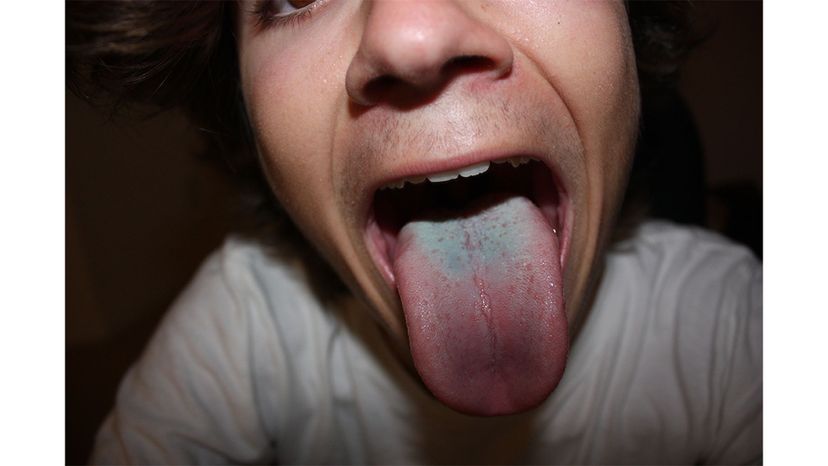
The tongue is pretty much a big muscle conglomerate made up of smaller muscles, which never stop working, similar to the heart muscle(s). It's constantly assisting in moving saliva down the throat, like the heart is constantly pumping blood through the body.

The platysma is a layer of muscle fibers that run from the jawline down to the collar bone on the sides of the neck. If you want to stretch this muscle, sit or stand with relaxed shoulders and place your lower lip over your upper lip. Then, tilt your head back and you should feel a slight tug as the platysma muscle stretches.
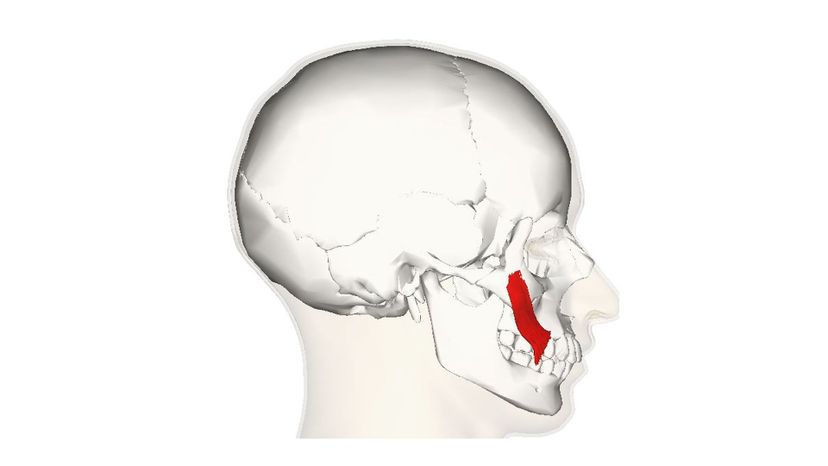
This muscle's weird name might not make you smile, but flexing the muscle will. The zygomaticus major muscle allows you to draw your mouth out and up.
Advertisement
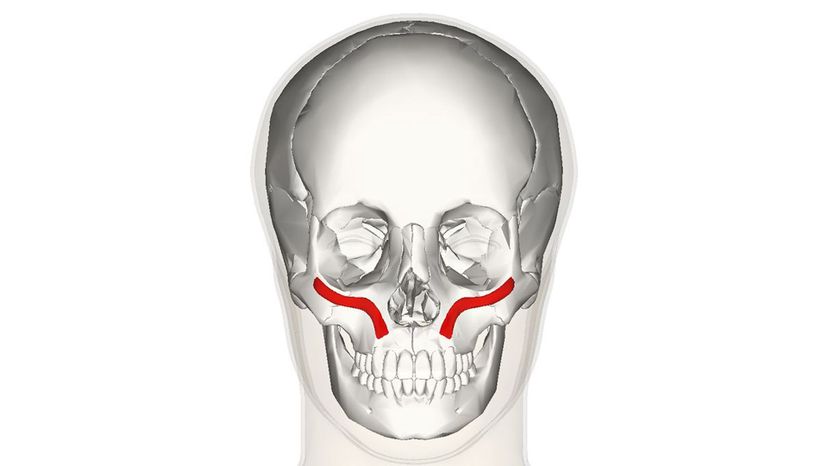
Similar to the zygomaticus major, the zygomaticus minor is involved in moving the mouth. However, while its counterpart assists in smiling, the minor muscle makes frowning possible.
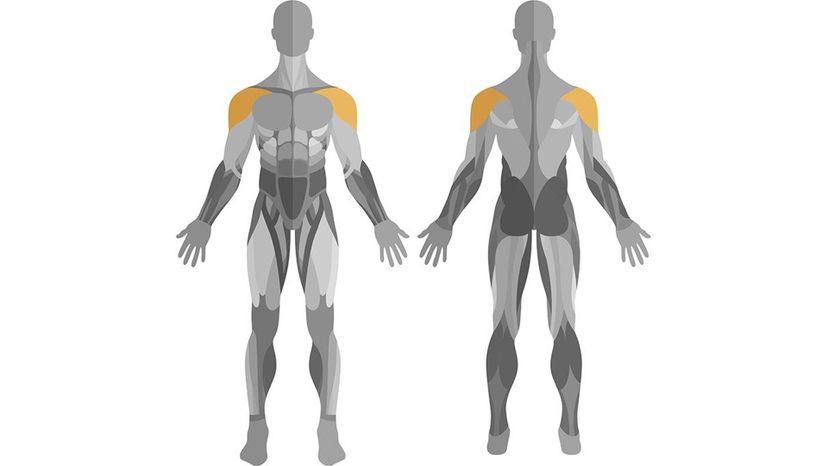
This muscle covers the shoulder joint - or glenohumeral joint - and has a rounded triangular shape, which explains why your shoulder is shaped the way it is. This muscle is named after the Greek alphabet letter delta, which is similar in shape to the muscle.
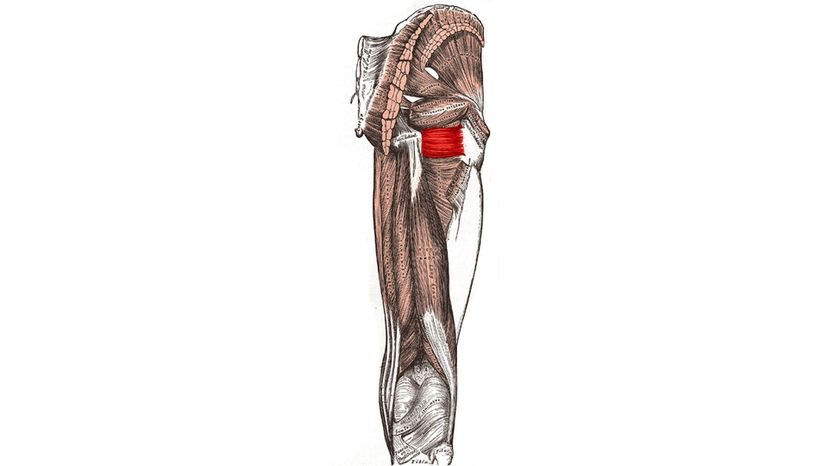
To stretch the quadratus femoris muscle, you'll have to contort yourself into the standing pigeon position. To do this, place your feet under your hips and then cross your left foot over your right ankle. Bend your right knee into a squatting position, but ensure your knee does not jut out past your toes at any point. Try to lean into the stretch so that your forearms are on your left shin.
Advertisement
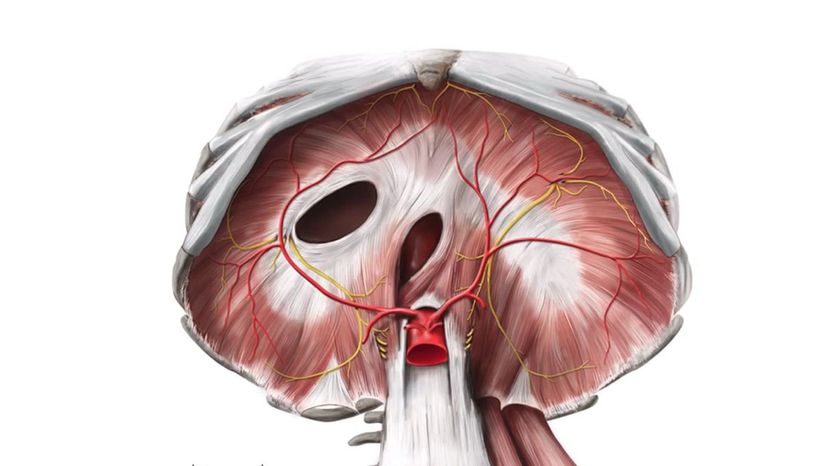
The diaphragm is made of skeletal muscle. It allows you to breathe by flexing and relaxing, which draws in and exhales air. The muscle structure also serves as a barrier between the thoracic and abdominal cavities.
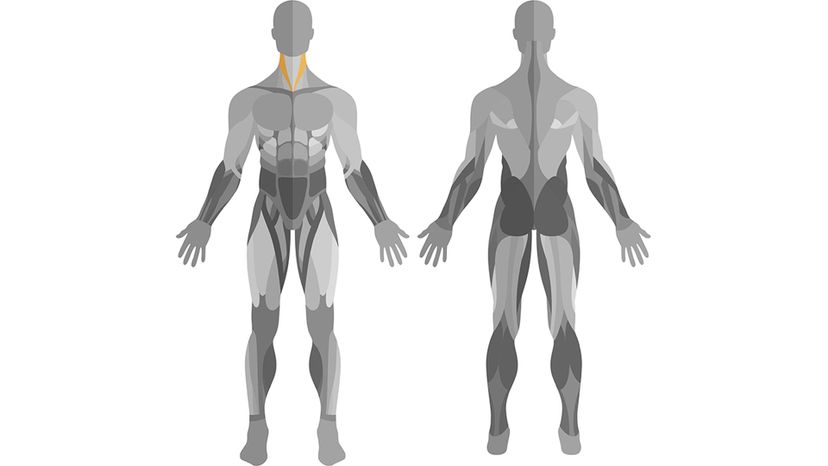
If you've ever irritated your sternocleidomastoid muscle, then turning your head from side-to-side must have been a literal "pain in the neck." This muscle runs from behind the ear at the base of the skull down to thorax (the center area of the collarbone and below) and allows you to turn your head from side to side, pull your chin to your chest, as well as tilt your head.
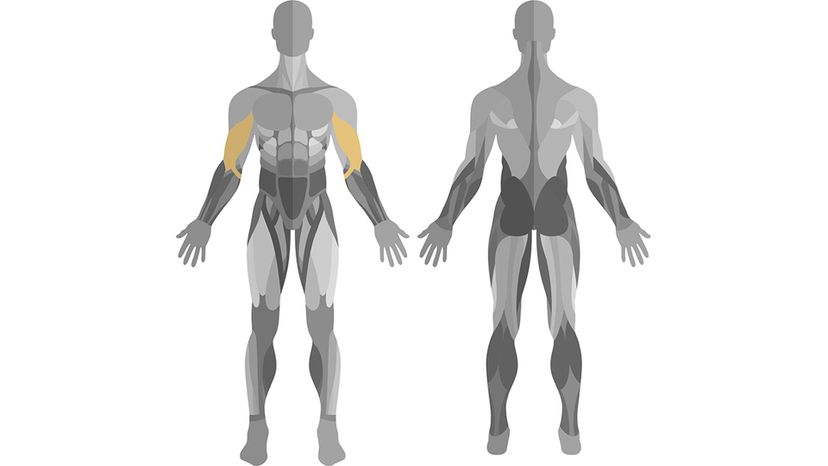
When you pull your arm up into a 90-degree angle and flex, that little bump that pops up is your bicep. It's possible to tear the bicep as well as develop tendinitis from overuse.
Advertisement

The quadricep is a muscle group made of four components: vastus medialis, rectus femoris, vastus lateralis, and vastus intermedius. The group covers the front and sides of the upper leg.

Latissimus dorsi translates to "the broadest muscle of the back," a fitting name, considering it is one of the widest muscles in the body. Health enthusiasts and weight lifters usually refer to this muscle as the "lat."
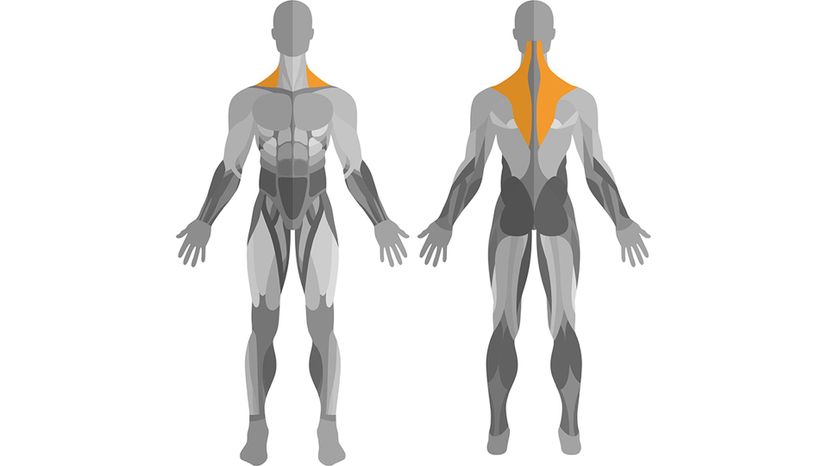
The trapezius muscle runs from the base of the skull along the spine down to the lower inner tip of the shoulder blade on each side of the body. The muscle provides stabilization and allows the shoulder blade to move and rotate.
Advertisement
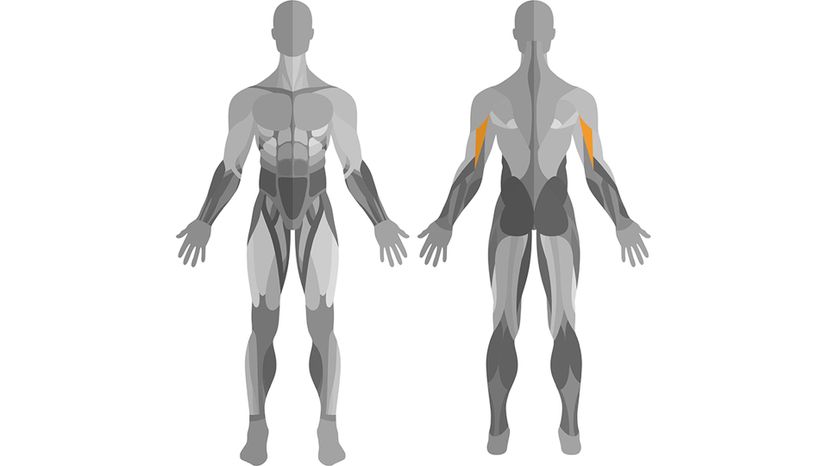
The tricep is one of the muscles in the back side of the upper arm. It allows the elbow to extend and retract.
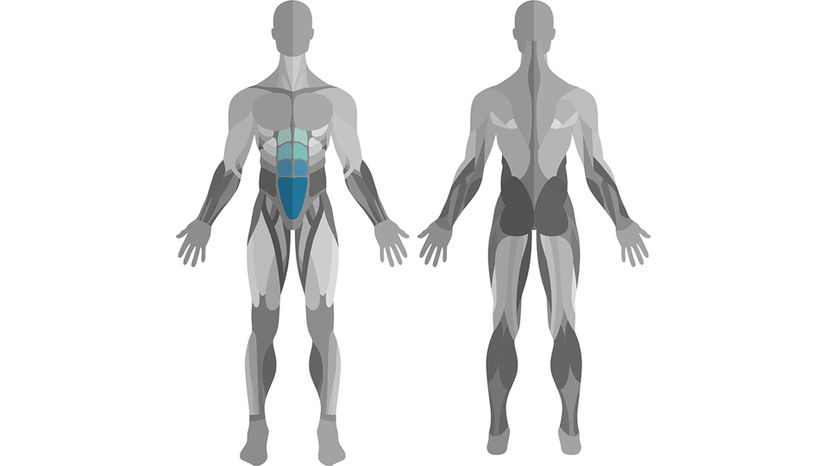
When people, especially men, talk about getting their midsections ready for bathing suit season, they're usually referring to their rectus abdominus, or abs. This muscle ranges from the pubic bone to the sternum. The abdominal muscles allow you to flex and move your midsection as well as greatly assist in balance and staying upright.
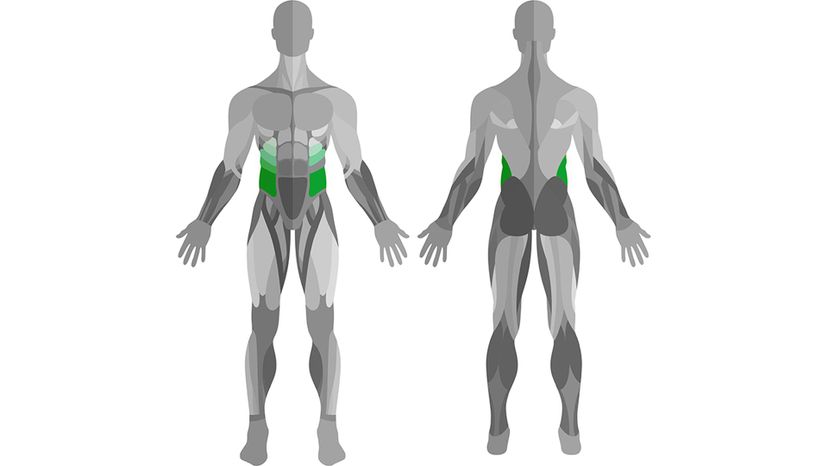
The external obliques run along your sides from the lower half of the ribs to the pelvis. These muscles primarily provide support in rotating the trunk of the body, but are also helpful when it comes to compressing the abdominal cavity and rotating the spine.
Advertisement
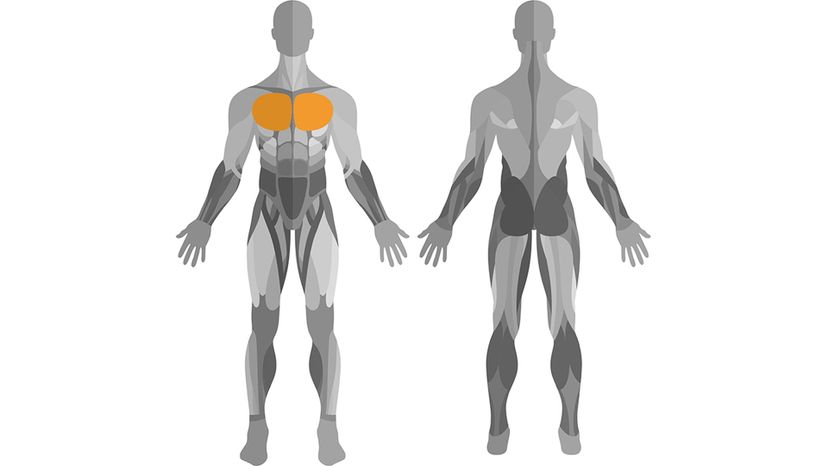
The pectoralis major muscle ranges from the breastbone to the shoulder and extends down around seven ribs. These breast muscles are commonly referred to as the "pecs."
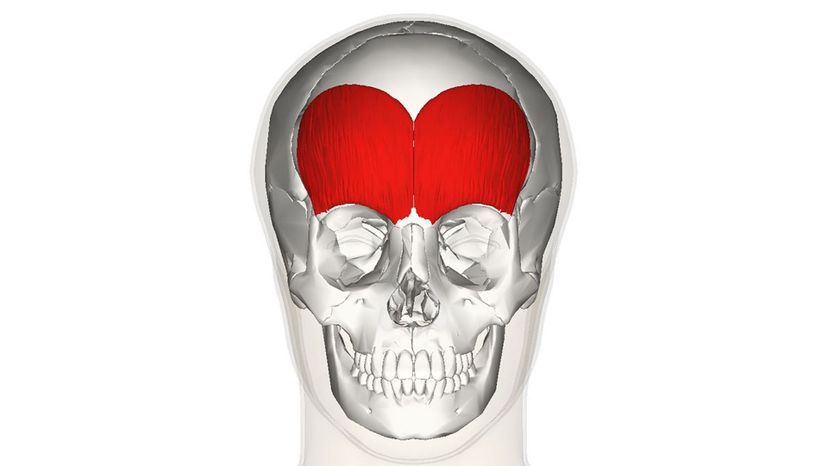
This muscle spans your forehead and makes many facial expressions possible. The frontalis muscle allows you to raise and furrow your brow. It's made of skeletal muscle, but it is not attached to any bones.
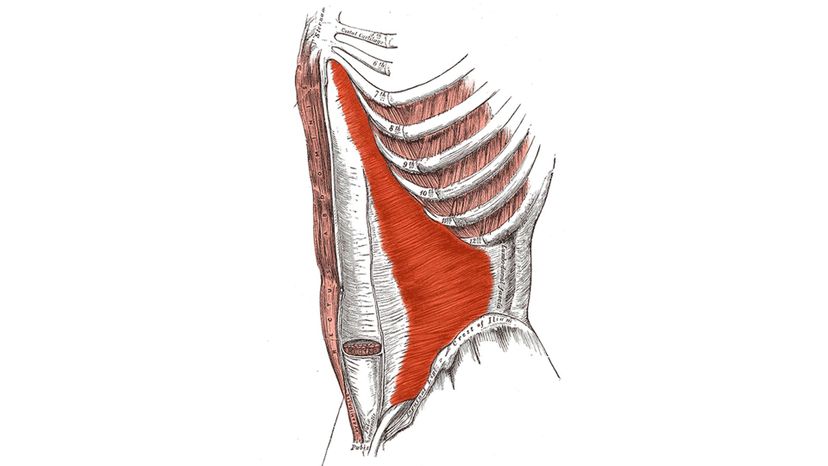
This muscle is also commonly known as the transversus abdominis or transversalis muscle. It makes up the innermost layer of abdominal muscles. It's key in protecting and holding your organs in place.
Advertisement
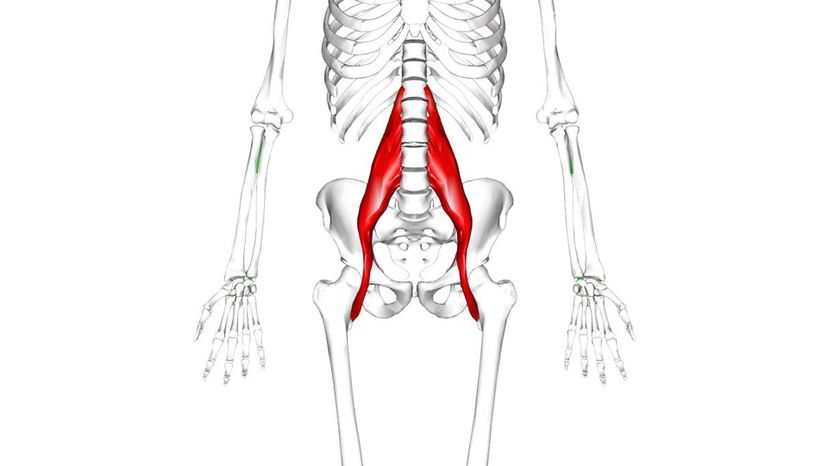
The Iliopsoa muscle is made of the iliacus and psoas muscles in the pelvis. The two muscles are often clumped together because they are so similar in appearance and purpose.
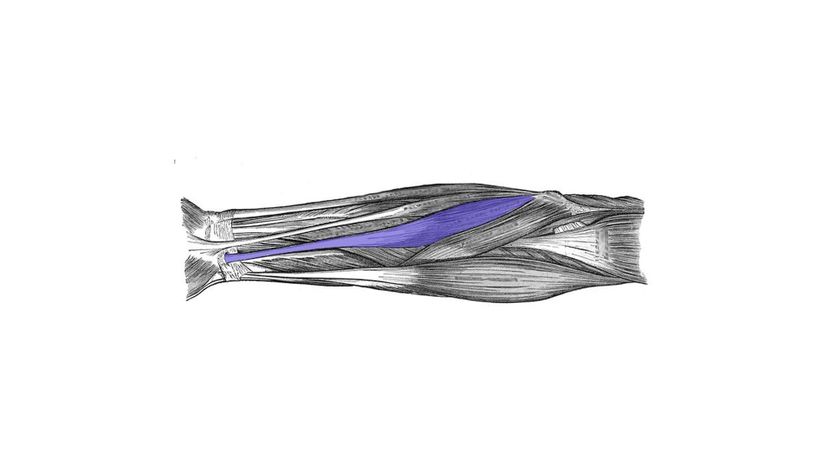
The flexor carpi radialis is the muscle that runs the length of the forearm. It attaches at the elbow and the base of the pointer finger and receives its blood supply from the ulnar artery. This muscle allows you to flex your wrist.
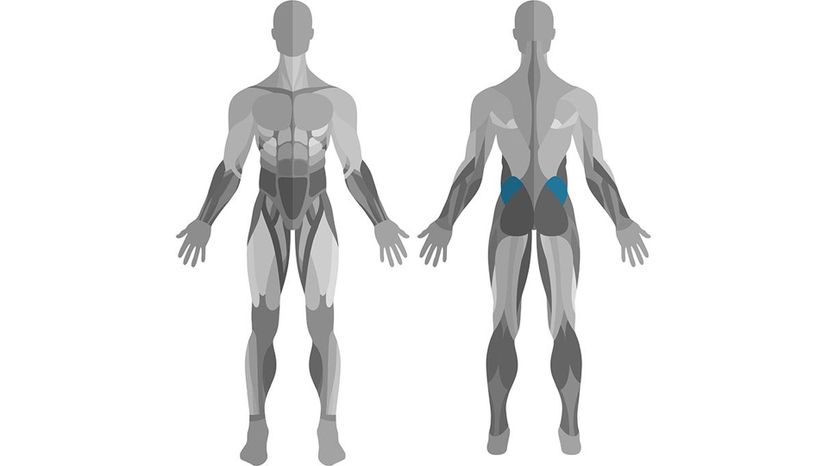
The gluteus medius is essentially the side of the butt cheek, which helps in moving and rotating the thigh. This muscle also supports the pelvis for walking. It receives its blood supply from the superior gluteal artery. Damage or injury to the gluteus medius might result in an abnormal gait or limp.
Advertisement

This muscle works alongside the soleus muscle to make up the calf. Both muscles attach to the Achilles tendon as well as behind the knee. They also both run the entire length of the calf.

The biceps femoris is one of three muscles of the hamstring group and is made up of two heads, a long one and a short one. The long one attaches at the lower back and hipbone and meets down at the femur above the knee, where it meets the short head and wraps around the knee and attaches to the fibula. The short head makes it possible for you to rotate your knee, while the long head helps with moving the leg and hip.
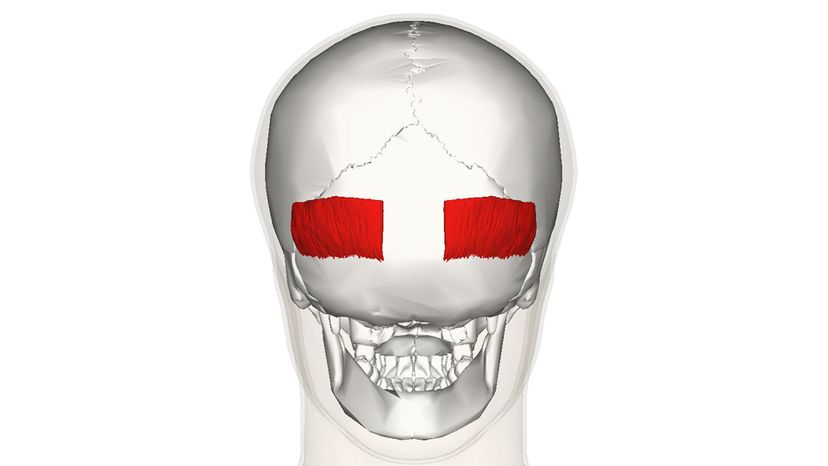
This muscle is located near the occipital bone, which is at the base of the skull. The occipitalis muscle is part of a group of muscles that make up the epicranius muscle, which help make it possible for you to move your eyebrows and wrinkle your forehead.
Advertisement

The brachialis lies deeper in the arm than the bicep and is a major muscle responsible for movement of the forearm. It's attached to the lower part of the humerus bone and receives its blood supply from two sources: the brachial and radial arteries.
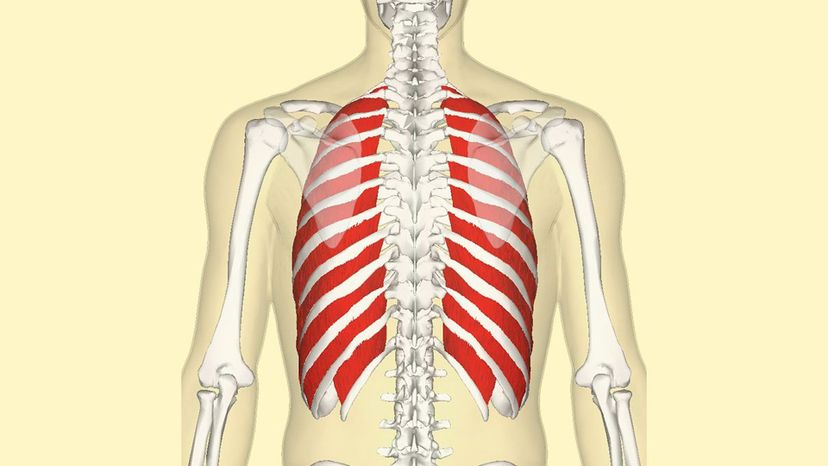
There are 22 pairs of intercostal muscles, with 11 internal and 11 external ones. These muscles surround all the ribs, but the 12th is its bottom-most one. Intercostal muscles allow you to breathe.
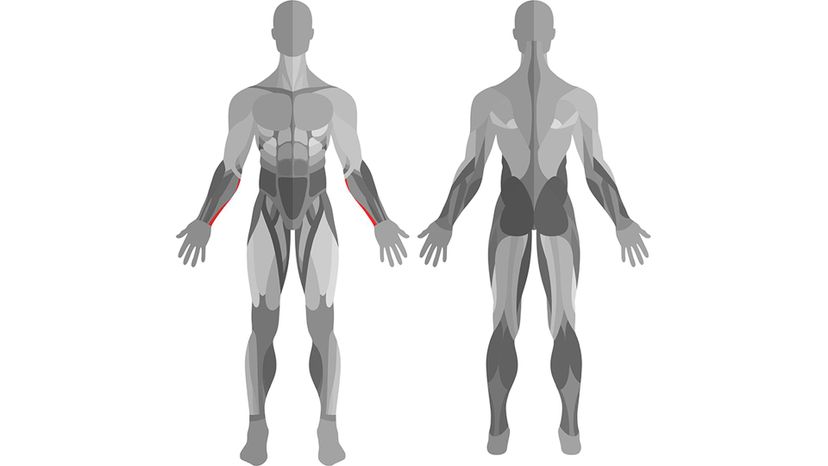
The flexor carpi ulnaris appears smaller than its radialis counterpart, but is just as important when it comes to wrist and hand movement. This muscle adducts the wrist while the extensor carpi ulnaris flexes it.
Advertisement
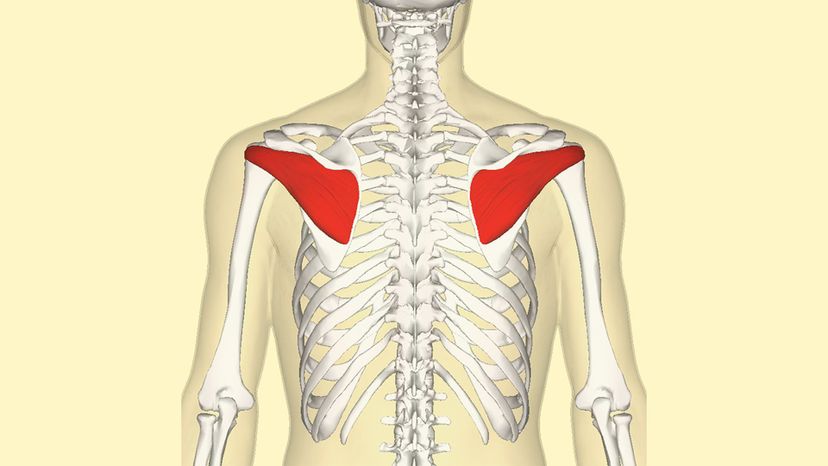
One of the four muscles that make up the rotator cuff, the infraspinatus is a triangular-shaped muscle that runs from the humerus across the shoulder blade. This muscle assists in stabilizing the shoulder joint and rotating the humerus.
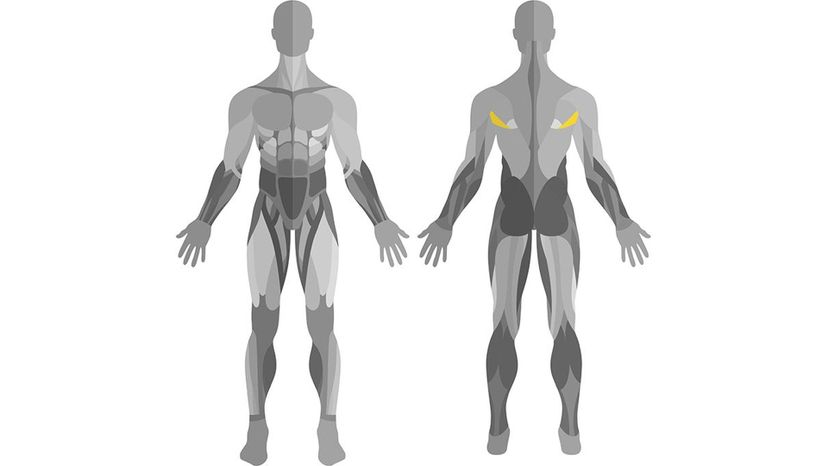
The teres major muscle attaches to your lower shoulder blade while the teres minor muscle is found in the upper part of the shoulder blade. Both muscles then make their way over and insert into the humerus. They're relatively tiny muscles, smaller than the deltoid. The muscles' primary role is to assist in specific types of arm movement.
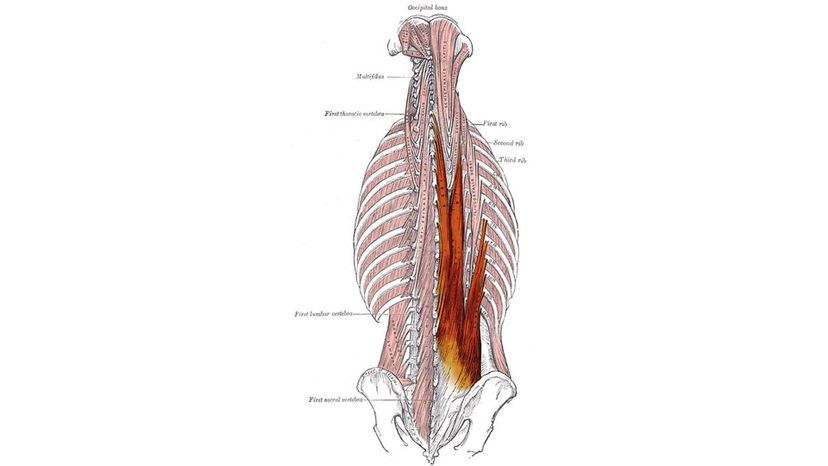
When it comes to rotating and straightening your back, you can thank the erector spinae muscle system found in the deep tissue of the back. It ranges the entire length of the back and has three parts.
Advertisement

The thenar grouping of muscles involves the thumb and includes the abductor pollicis muscle, the flexor pollicis brevis muscle, and the opponens pollicis deep muscle. On the other side of the hand is the hypothenar muscle group, which includes the abductor digiti minimi muscle, the flexor digiti minimi brevis muscle, and the opponens digiti minimi deep muscle.
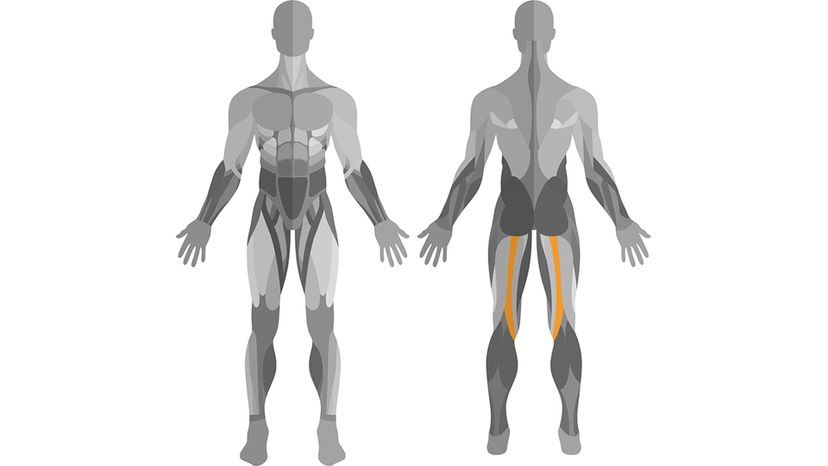
One of the three muscles that make up the hamstring, the semitendinosus muscle runs opposite to the biceps femoris (another hamstring muscle). It helps with rotating the tibia, especially when the knee is flexed, and also assists in flexing the knee and extending the upper leg or thigh.
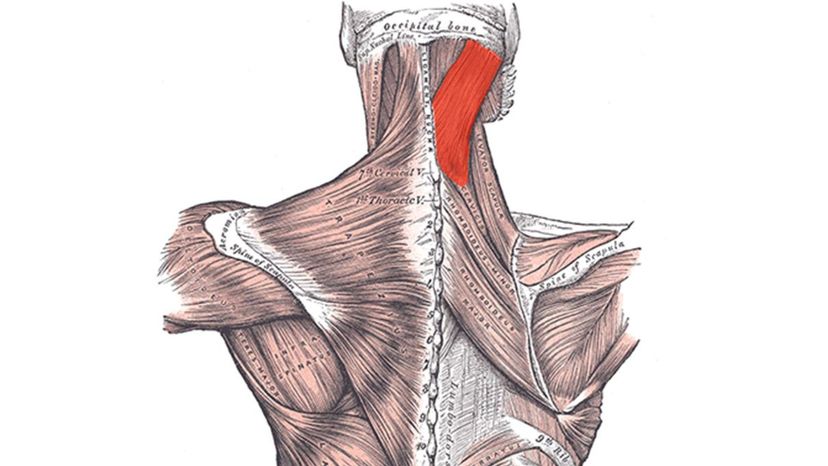
The splenius capitis muscle forms a v-like shape at the back of the neck and connects the base of the skull to the upper spine. The muscles allow you to bend your head to the side as well as straighten it out.
Advertisement
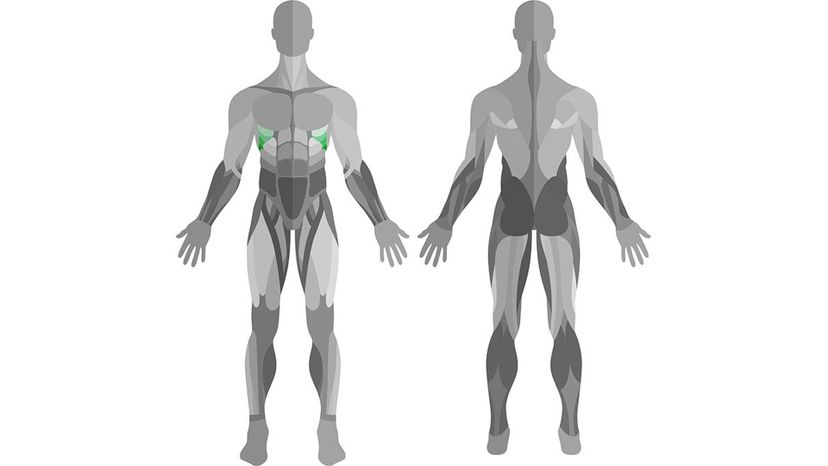
This muscle is located along the surface of the top eight ribs and allows for lifting the arms over the head. It also serves to protect the shoulder blade and receives its blood supply from the circumflex scapular artery.
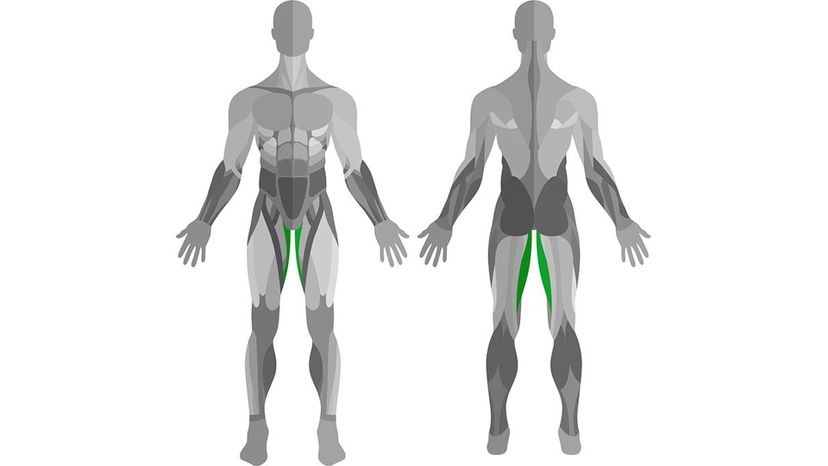
1 of five groin muscles, the gracilis muscle runs from the pubic bone all the way down to the upper part of the tibia (shinbone). It helps you stabilize and flex the knee as well as assists in hip adduction, which means the muscle is pulling a muscle towards the body rather than extending it away from the body.
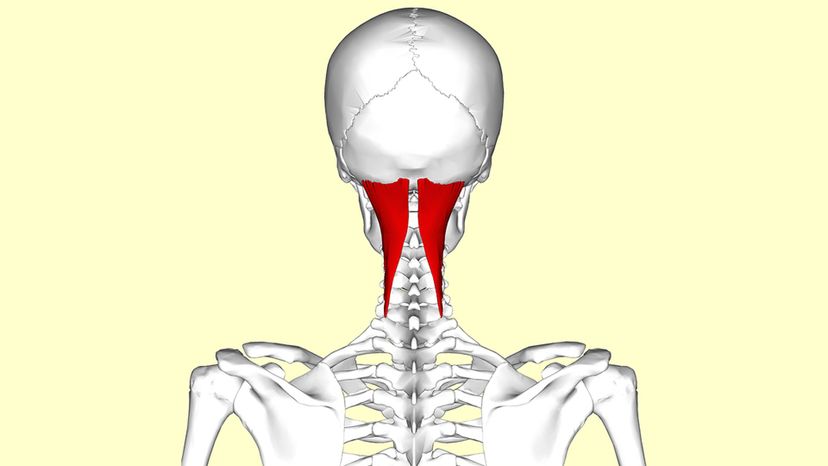
Out of all the muscle layers in the transversospinalis muscle group, the semispinalis muscle is the most superficial. The transversospinalis muscle group is found in the deep tissue along the spine. This particular layer of muscle helps you keep your posture as well as assists in moving the spinal column and head.
Advertisement
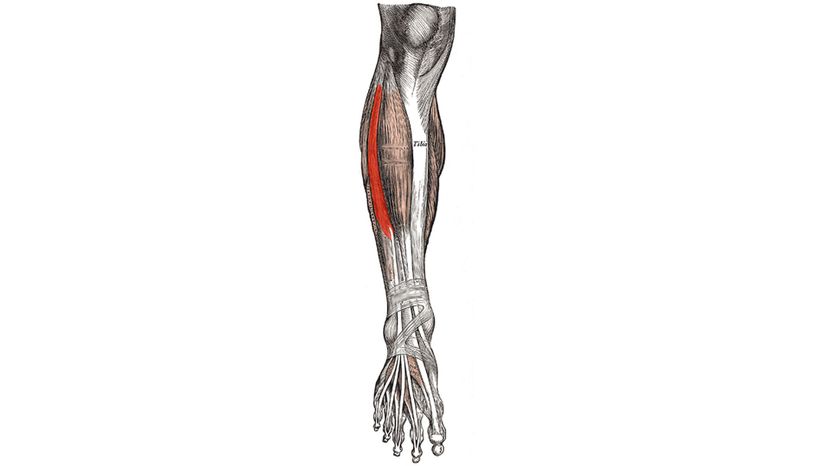
This muscle begins at the upper part of the fibula and makes its way down the leg to the foot, where it divides to provide support to 4 of the 5 toes. However, it's not abnormal for some people to be born with Extensor Digitorum Longus muscle connections to the big toe as well.
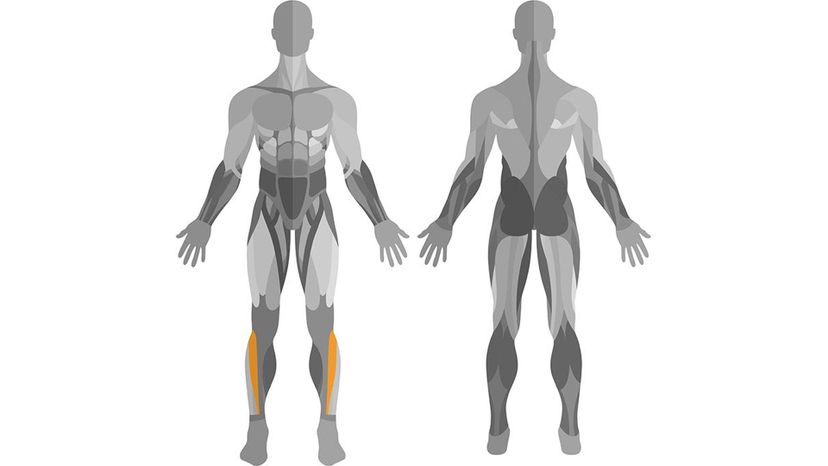
This muscle attaches near the upper tibia and runs down to just above the ankle, where it turns into the tibialis tendon and continues on into the foot. The muscle allows you to pull your foot towards your shin, which is a vital part to balanced walking.
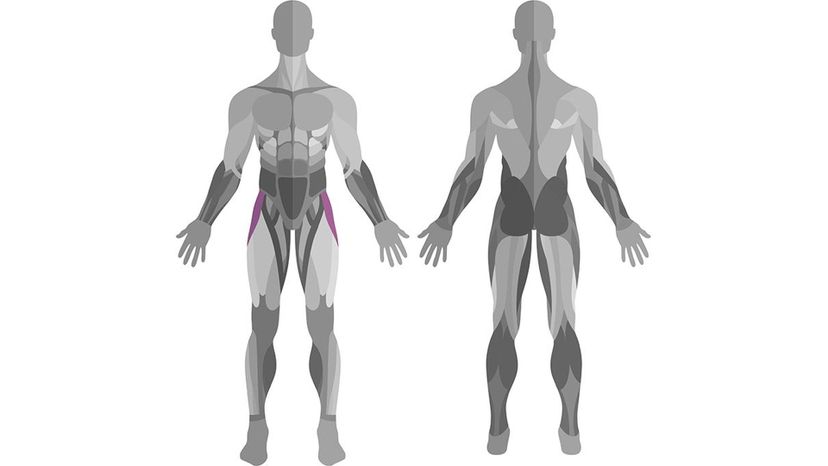
This muscle is found next the hip and butt cheek area on the side of the upper thigh. The muscle helps in stabilizing the hip and knee.
Advertisement
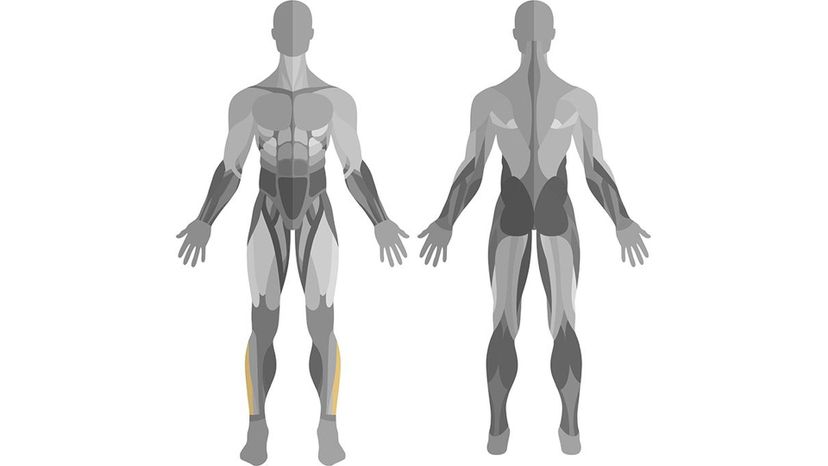
This muscle is found on the outer side of the lower leg/calf. It runs from the top of the fibula all the way down to the joint of the big toe. Th peroneus longus allows you to flex and rotate the foot.
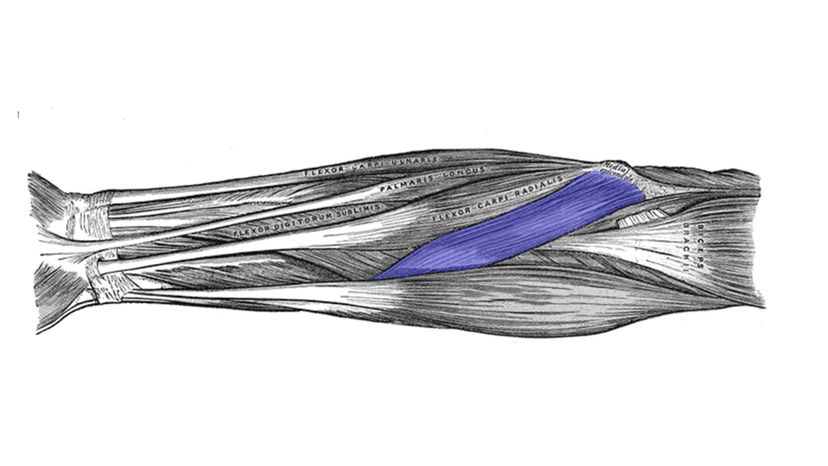
This muscle is responsible for rotating the lower arm as well as flexing the forearm. It runs from the outer side of the elbow (Ulna) across to the radius.
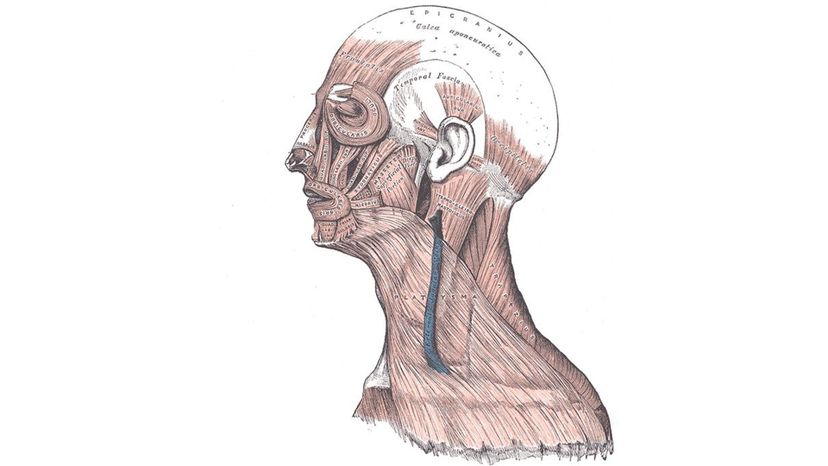
The occipitofrontalis muscle includes the occipitalis muscle and the frontalis muscle. These muscles are part of the epicranial muscle layer that allows you to raise your eyebrows and wrinkle your forehead.
Advertisement

This petite, narrow muscle runs the entire length of the front of the neck and attaches the sternum to the hyoid bone. The sternohyoid contributes to speech and head and neck movement.
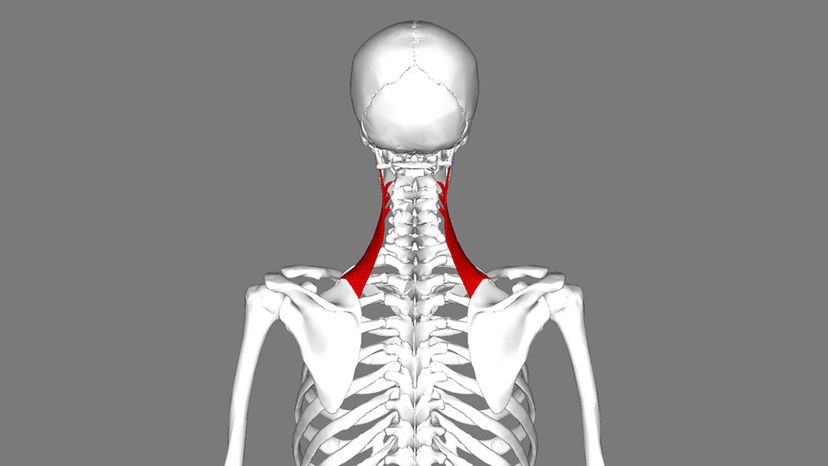
This muscle attaches to the C1 through C4 vertebrae located in the upper neck, and then runs down to the top inner corner of the shoulder blade. This muscle allows you to shrug your shoulders and is partially covered by the sternocleidomastoid and trapezius muscles.